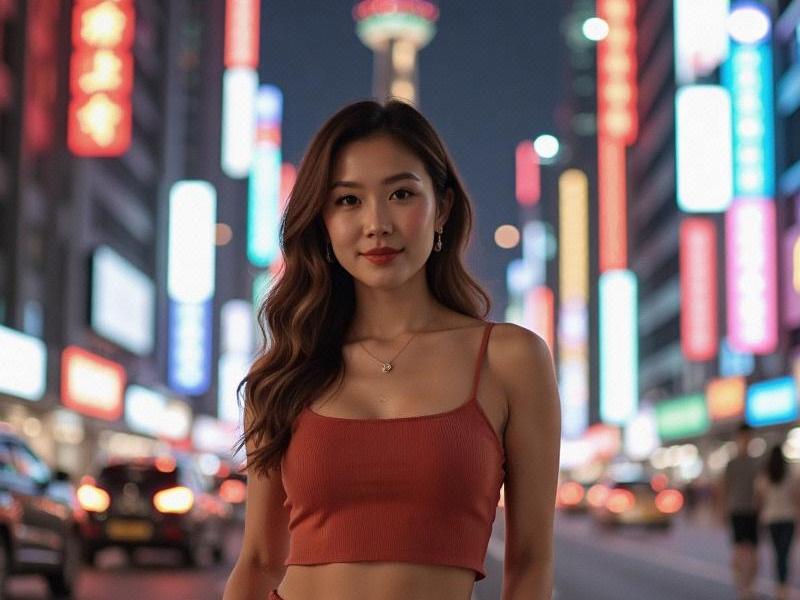"Shanghai Glamour: The Evolution of Urban Femininity in China's Cosmopolitan Capital"
⏱ 2025-07-08 13:32 🔖 上海神女网
📢0℃

I. Historical Foundations
1. The Golden Age (1920s-1940s):
- Qipao fashion revolution
- First generation of educated women
- Jazz age social liberation
2. Socialist Transformation (1950s-1970s):
- Gender equality in workforce
- Practical beauty standards
- Industrialization impacts
II. Contemporary Manifestations
1. Fashion Capital Status:
- Shanghai Fashion Week influence
- Local designer movements
- Street style photography scenes
阿拉爱上海 2. Beauty Industry Boom:
- Skincare innovation hub
- Cosmetic surgery trends
- Male grooming market growth
III. Professional Archetypes
1. Corporate Leaders:
- Financial district power dressing
- Work-life balance challenges
- Glass ceiling breakthroughs
2. Creative Class:
- Art district entrepreneurs
- Digital content creators
- Cultural ambassadors
爱上海论坛 IV. Social Dynamics
1. Relationship Norms:
- "Leftover women" phenomenon
- Marriage age statistics (avg. 30.4)
- Childbearing decisions
2. Lifestyle Preferences:
- Café culture adoption
- Fitness studio memberships
- Travel habits
V. Cultural Representation
1. Media Portrayals:
- TV drama stereotypes
- Social media influencers
- Brand ambassador roles
爱上海419
2. Artistic Depictions:
- Contemporary art themes
- Literary characters
- Theater performances
VI. Future Projections
1. Emerging Trends:
- Sustainable fashion movements
- Body positivity acceptance
- Gender norm deconstruction
2. Global Influence:
- Cross-cultural exchanges
- Beauty tech innovations
- Soft power expansion
Shanghai women continue to redefine urban femininity through their distinctive blend of pragmatism and elegance, ambition and grace - serving as both mirror and motor for China's rapid social transformation.
《梧桐深处:解码上海的城市文化基因》弄堂里的上海心跳:从石库门到城市更新的千年烟火密码Shanghai's Beauty Revolution: How Local Women Are Redefining Chinese AestheticsShanghai After Dark: The Metamorphosis of China's Premier Entertainment DestinationShanghai Women: The Epitome of Modern Chinese FemininityThe Shanghai Modern: How China's Cosmopolitan Women Are Rewriting the Rules石库门密码:解码上海市民精神进化史Exploring Shanghai's Entertainment Venues: A Guide to the City's Vibrant Nightlife and Cultural SceneSilicon Bund: How Shanghai Became the Neural Network of AsiaThe Velvet Revolution: How Shanghai's Nightlife Industry Went Upscale

